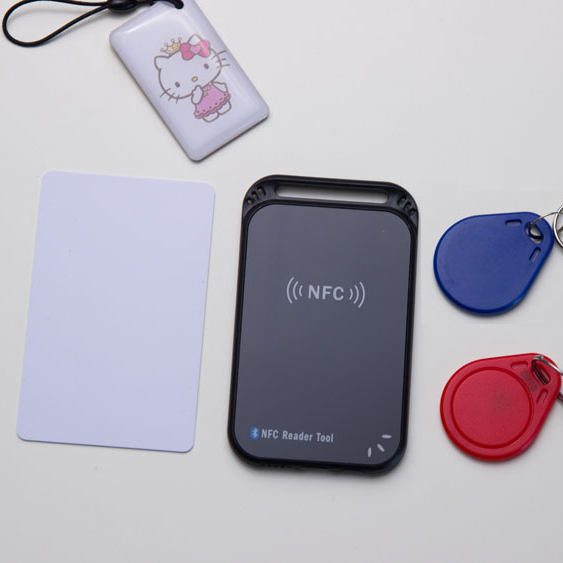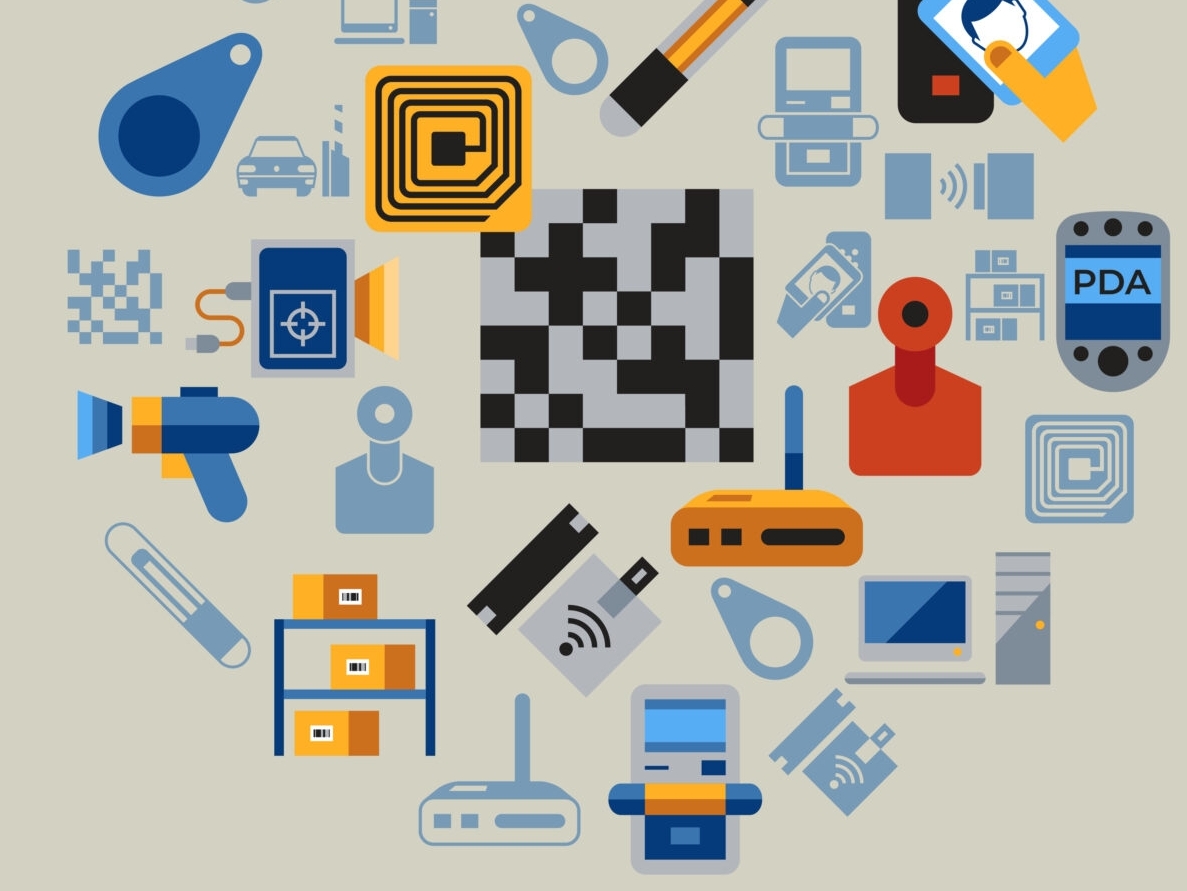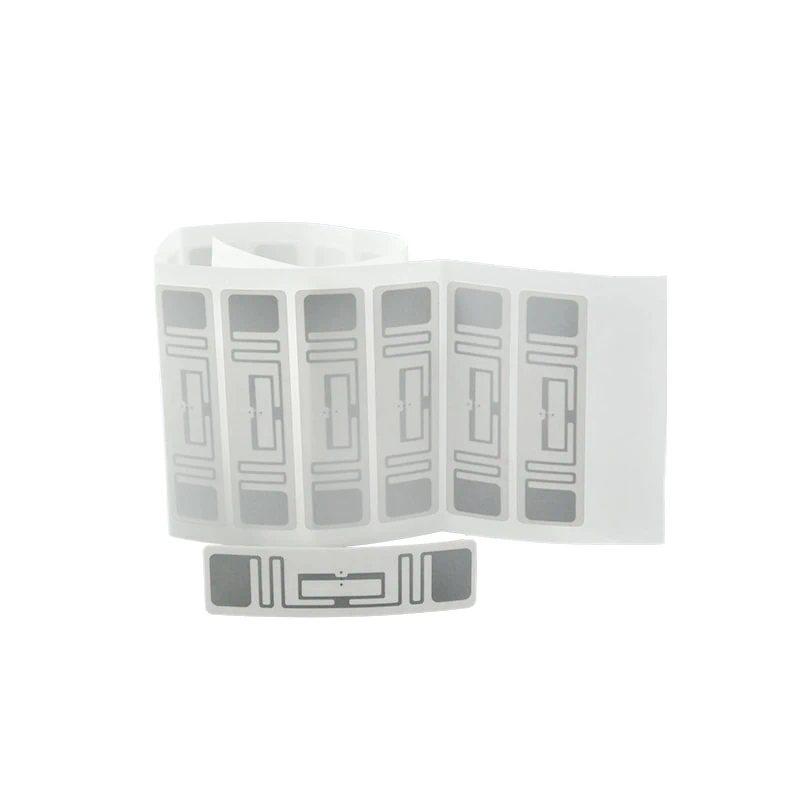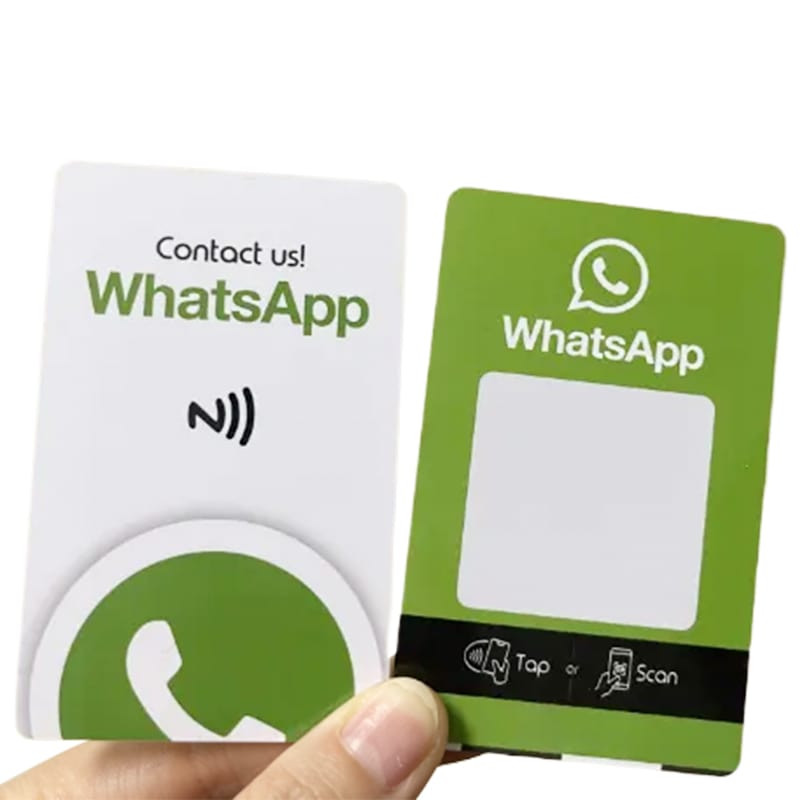| Brief description of the principle | Operating frequency | Active attributes | Transmission distance | Application overview | ||
|---|---|---|---|---|---|---|
| ID | The full name of an ID card is Identification Card. It is a non-writable proximity card with a fixed number and no algorithm. Data cannot be written to it, and the ID number is written once during manufacturing. Users can only read the card number for application purposes. Apart from the card number, there is no encryption or security feature in the card, and the “card number” is exposed and public. Therefore, ID cards are often referred to as “contactless magnetic cards.” | 125KHz | Read-only | Typically less than 150mm | Main Applications: Access control systems, employee ID badges. Security: ID cards have no storage capability; the cardholder’s permissions and functional operations must be entirely reliant on the network system. Cost: The cards and card readers are inexpensive, but the system wiring and maintenance costs are high. |
|
| IC | IC Card (Integrated Circuit Card) is a general term for smart cards. IC cards come with memory that can be read and written to, and are also known as storage cards or logical encryption cards. Data reading and writing on IC cards require password authentication. Data can be partitioned into different areas, each used for different functions and protected by different passwords. The content on IC cards can be repeatedly erased and rewritten. IC cards are categorized into contact and contactless types. | Low-frequency cards:30kHz to 300kHz High-frequency cards:** 300MHz to 300GHz |
Can be read and written | Low frequency cards are generally <150mm High frequency card— |
RFID IC Cards: There are two types of RFID IC cards—Type A and Type B. The main differences between them lie in carrier modulation depth and binary encoding methods. ID cards are classified as Type B cards. Network Dependency: IC cards store information such as card numbers, user data, permissions, and account balances, allowing them to function independently of network systems. Security: Due to encryption and the ability to be repeatedly read and written, IC cards offer significantly higher security compared to ID cards. Applications: Primarily used for subway fare collection, campus ID cards, and access control cards. Cost: IC cards are more expensive, but the systems are relatively inexpensive, reliable, secure, and convenient. |
|
| CPU | CPU Card: Also known as a smart card, a CPU card contains an integrated circuit with a microprocessor CPU, storage units (including RAM, program memory ROM (FLASH), and user data memory EEPROM), and a chip operating system (COS). Although CPU cards are a type of IC card, they are considered an advanced version. CPU cards have information processing capabilities and are characterized by large storage space, fast reading speeds, and support for multiple functions. A typical example of a CPU card, if wireless functionality is not emphasized, is the SIM card used in phones. | Can be read and written | Security: CPU cards include features such as random number generators and hardware encryption algorithms, along with the chip’s operating system (OS), achieving a financial-grade level of security. This helps prevent issues like duplicate cards, card duplication, and unauthorized data modifications. Applications: CPU cards are used in various fields, including finance, insurance, traffic management, and government sectors, as well as in small-scale payment industries. |
|||
| RFID | Radio Frequency Identification (RFID) is a type of automatic identification technology that uses wireless radio frequency for non-contact bidirectional data communication. It involves reading and writing data on recorded media (electronic tags or RFID cards) using radio frequencies to achieve target identification and data exchange. RFID is considered one of the most promising information technologies of the 21st century. A complete RFID system consists of three components: a reader, electronic tags (also known as transponders), and application software. The working principle is as follows: the reader (Reader) emits radio waves at a specific frequency to power the circuit within the tag and transmit the internal data. The reader then receives and decodes the data, which is processed by the application software. |
Passive RFID mainly operates in lower frequency bands such as 125KHz and 13.56MHz. Active RFID primarily operates in higher frequency bands such as 900MHz, 2.45GHz, and 5.8GHz. |
Readable | Generally <100m | Logistics: Logistics and warehousing are among the most promising application areas for RFID. Major international logistics companies like UPS, DHL, and FedEx are actively experimenting with RFID technology, aiming to widely apply it in the future to enhance their logistics capabilities. Applicable processes include tracking goods during transportation, automatic information collection, warehouse management, port applications, postal packages, and express deliveries. Other Applications: Transportation Identity verification Anti-counterfeiting Asset management Video monitoring Information statistics Inquiry applications Security control |
|
| NFC | Near Field Communication (NFC) is an emerging technology that allows devices (such as mobile phones) to exchange data when they are in close proximity to each other. NFC evolved from integrating contactless radio frequency identification (RFID) and interconnectivity technologies. It combines the functions of a contactless card reader, contactless card, and peer-to-peer communication into a single chip. | 13.56MHz | Bidirectional read , unidirectional write |
Generally <100mm | Payment Applications: NFC payments primarily involve using NFC-enabled phones to function as virtual bank cards, transit cards, and other payment methods. Security Applications: NFC security applications mainly involve using phones as virtual access cards or electronic tickets for access control. Tag Applications: NFC tag applications involve writing information onto an NFC tag. Users can simply wave their NFC-enabled phone over the NFC tag to instantly receive the relevant information. |
|
CKT RFID Supplies Manufacturer from CHINA






